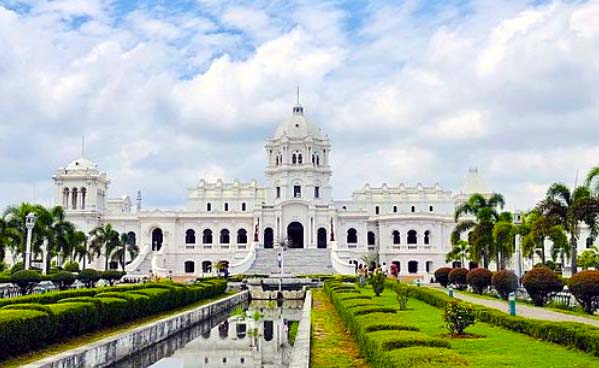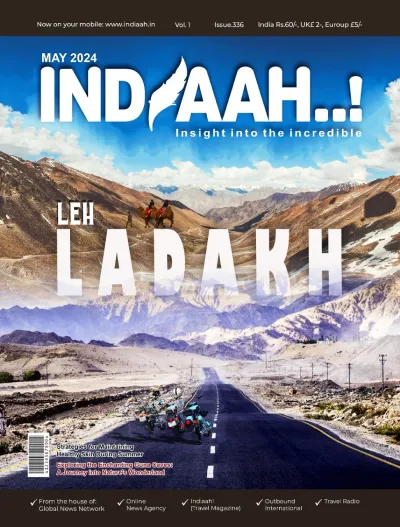
Northeast India is witnessing a steady rise in tourism, with Tripura emerging as a hotspot for both domestic and international travellers. Tripura Chief Minister Manik Saha shared last week that the state welcomed over 5.45 lakh tourists in the 2023-24 period, marking significant growth in the region’s tourism industry.
Of the total visitors, 4.70 lakh were domestic tourists, and 75,000 were international, reflecting the state’s increasing global appeal. Speaking at an event in Dhalai, Saha credited this growth to the government’s developmental initiatives, which have played a crucial role in boosting the tourism sector.
“The tourism industry in the northeastern states has seen remarkable growth in recent years,” said Saha. He highlighted that the state secured a Rs. 180 crore loan from the Asian Development Bank (ADB) to improve tourism infrastructure, and key renovation projects are underway. Among these, the restoration of the Tripureswari Temple in Gomati district – a sacred Shakti Peeth is nearing completion.
To attract younger travellers, the government has launched several adventure tourism initiatives in scenic locations like Dumbur in Dhalai district, Chhabimura in Gomati district, and the Jampui Hills in North Tripura. These areas offer a mix of cultural and natural experiences, appealing to adventure enthusiasts from across the country and abroad.
In addition to natural beauty, Tripura is also investing in its heritage sites. Renovations at the historic Pushpabant Palace are progressing, with Saha expressing optimism that these efforts will boost tourism further. “Tourism will flourish if we develop it properly. We need to consider innovative ideas, such as transforming the Old Governor’s House into a five-star hotel. We are exploring various ways to preserve the traditions and heritage of the Manikya dynasty,” he added.
Tripura’s tourism expansion is also closely tied to its thriving bamboo industry. On World Bamboo Day (September 18), Tripura’s Industries and Commerce Minister, Santana Chakma, highlighted the government’s commitment to enhancing bamboo production and incorporating modern technology into bamboo craftsmanship.
“Tripura accounts for 28% of India’s bamboo stock, with bamboo forests covering 23% of the state’s geographical area. Bamboo is often referred to as ‘green gold’ and the ‘poor man’s timber’ due to its adaptability and versatility,” Chakma noted during the event organized by the ‘Tripura Bamboo Mission.’
Chakma emphasized that the state’s growing bamboo craftsmanship, which produces handicrafts such as toys, hand fans, mats, and incense sticks, is expected to attract tourists looking for unique souvenirs. He pointed out that bamboo, which thrives in Tripura’s diverse climate, is becoming increasingly valuable in local and international markets. Efforts are underway to establish high-density bamboo plantations to meet growing demand.
With 21 species of bamboo found in the state, Tripura’s bamboo products have become a symbol of its rich cultural heritage. Bamboo shoots, a popular food item among both tribal and Bengali communities, further showcase the state’s culinary and agricultural diversity.


